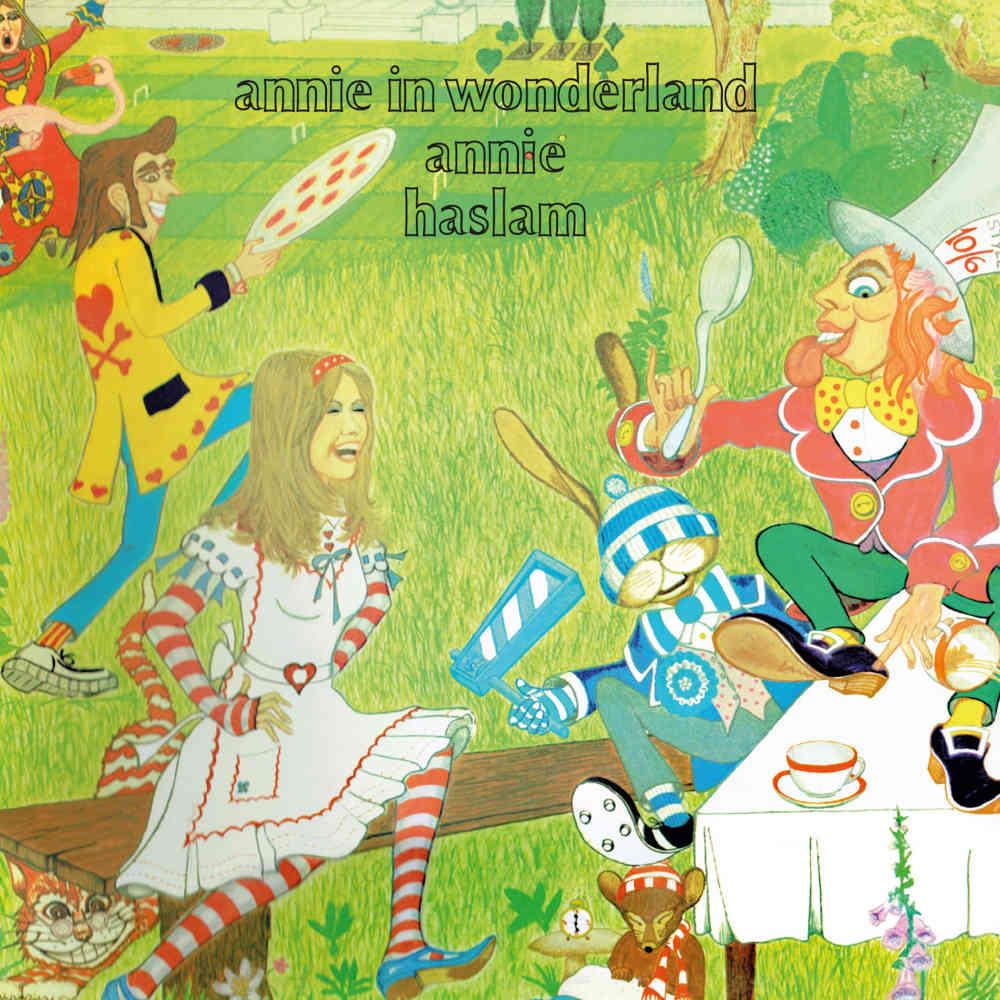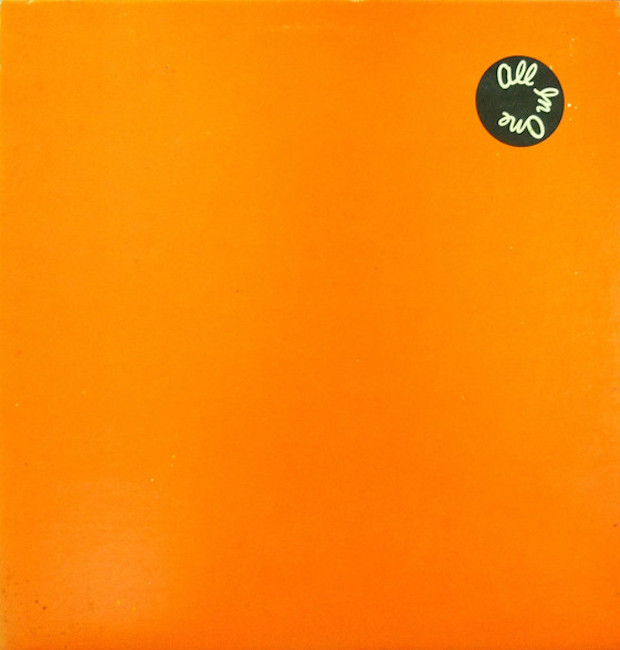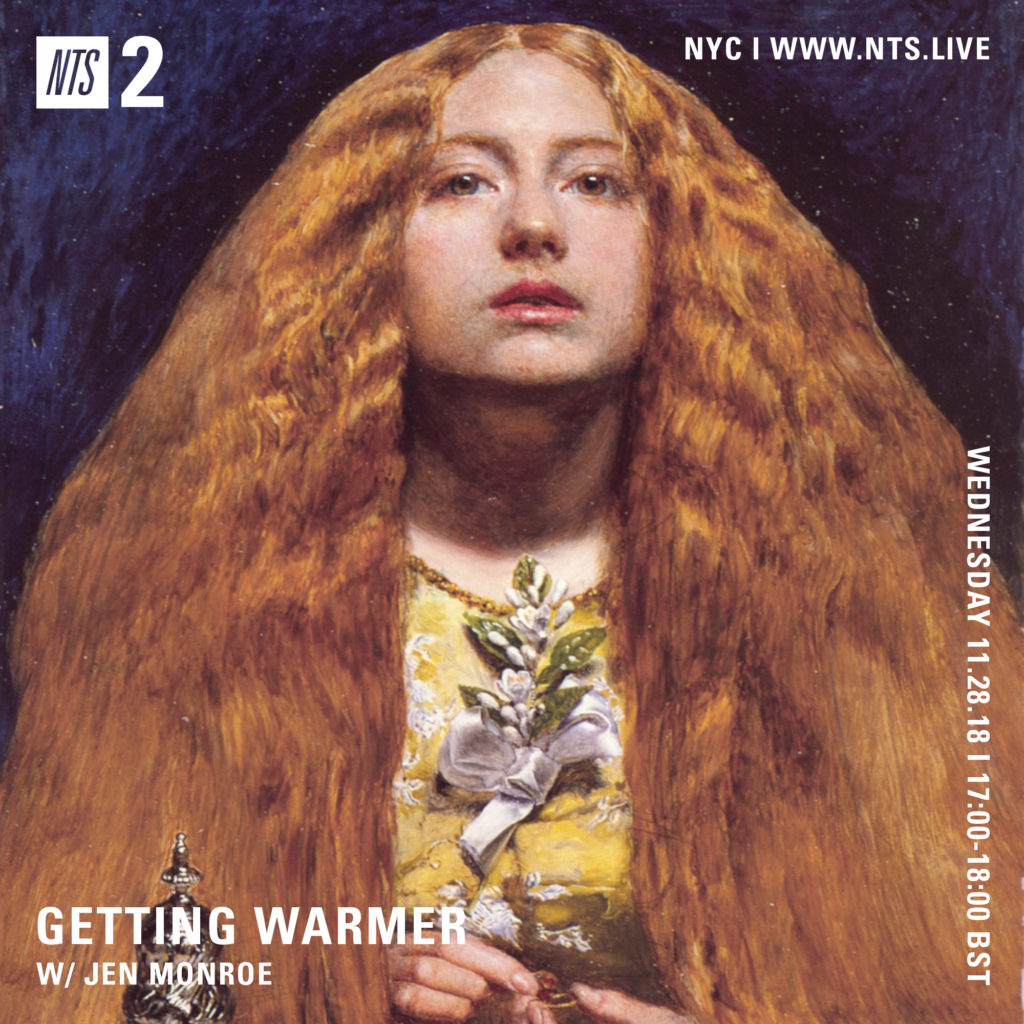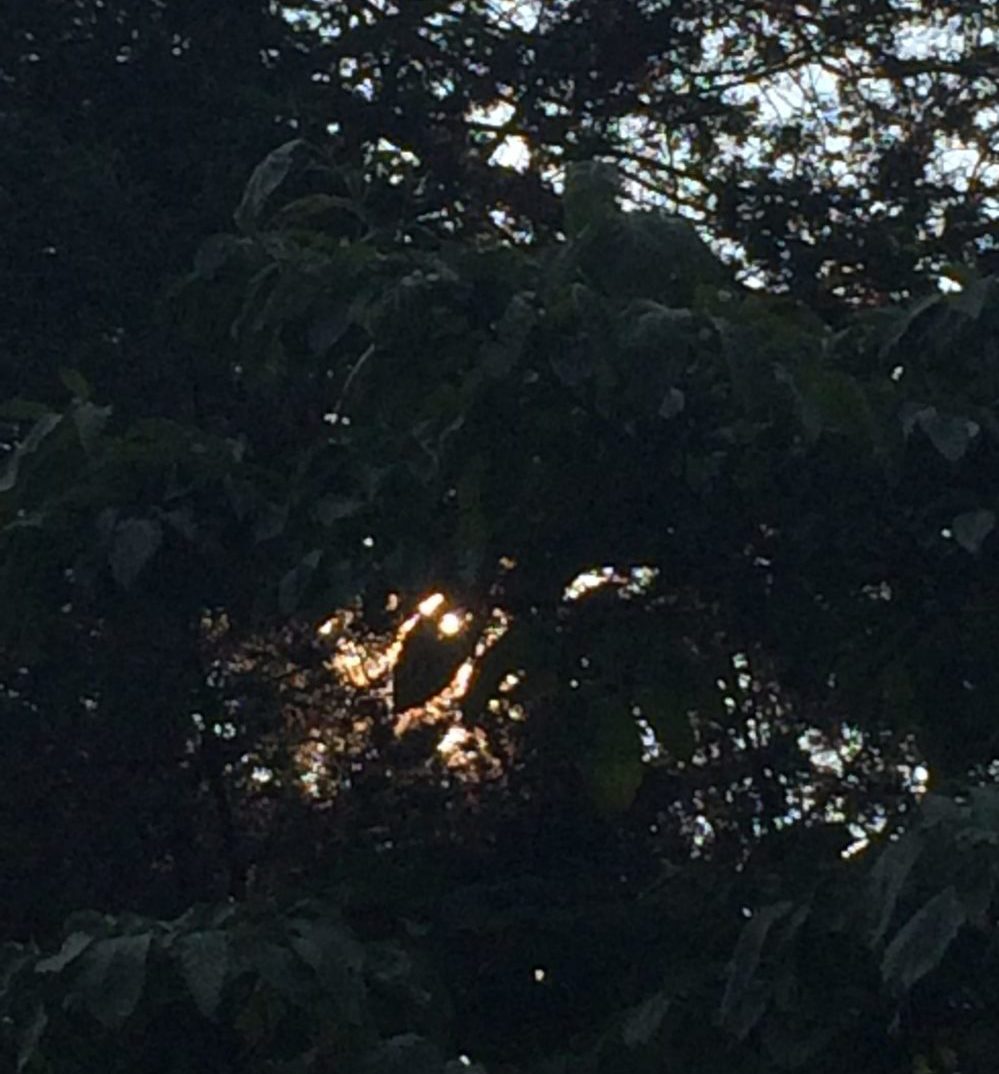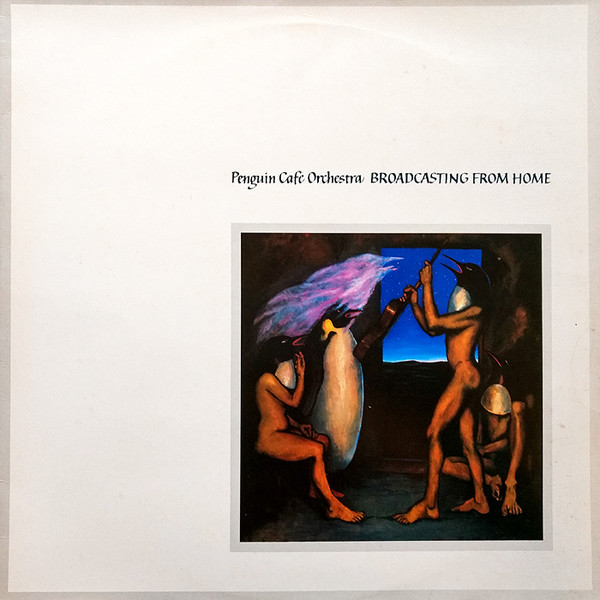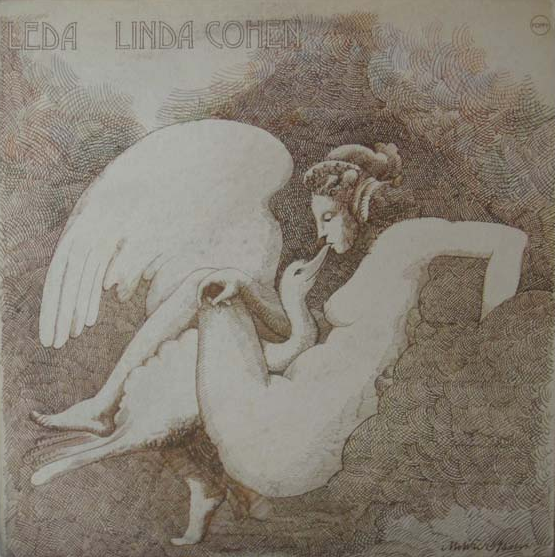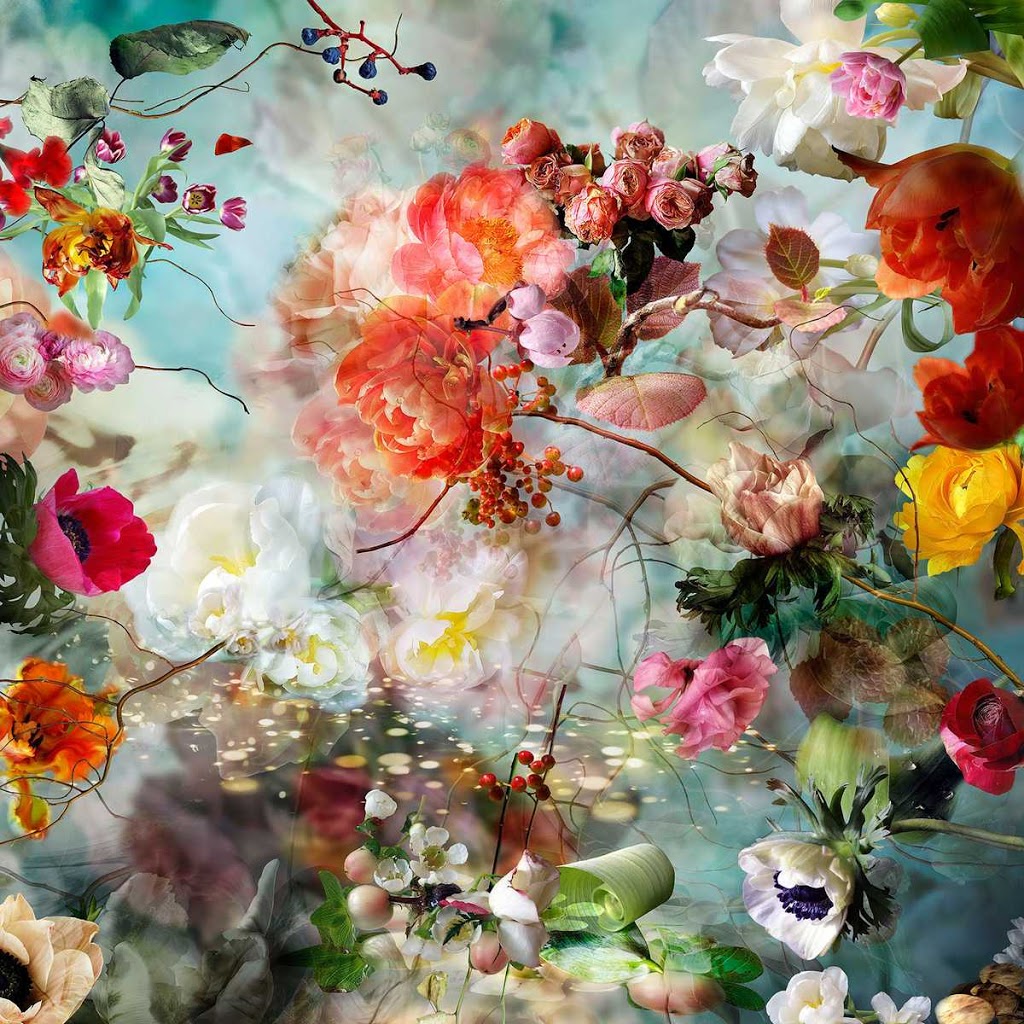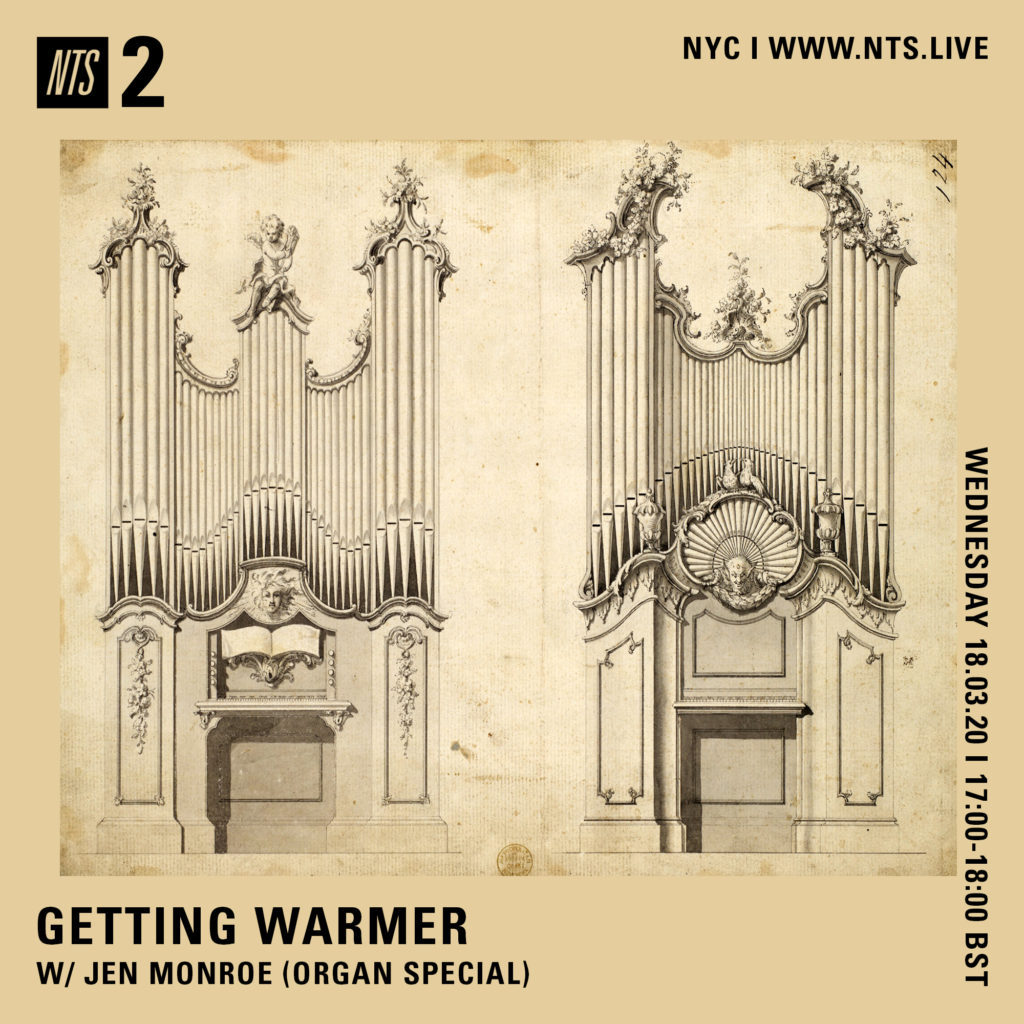
My most recent episode of Getting Warmer for NTS Radio is an organ special. While I’m sure many of us are looking for music that’s relaxing, reassuring, or generally positive during this high-stress time, I should give you a heads up that this mix isn’t really any of those things. It does, however, feel like an appropriately hellish soundtrack to the apocalypse.
I recently had the pleasure of hearing the second piece in this mix, the Finale of Jean-Pierre Leguay’s Sonate I pour Orgue, performed live at Saint Thomas Church by Nicholas Capozzoli. As easy as it is to sometimes feel jaded about the possibility of total musical novelty, it was a truly life-changing experience to hear it in the acoustics of a cathedral, to feel it reverberating in my chest, to let it properly melt my face off. I didn’t know that organ music so deeply avant-garde and strange existed–it was easily the craziest thing I’ve ever heard.
I don’t think the internet needs another personal narrative about how this current global crisis is affecting somebody, but I will say that I’m grateful that my last concert experience for the foreseeable future was this one, seated next to a friend I’ve been missing recently, in a church full of strangers. I’m currently scrambling to get as much work as I can while it exists, but once that work dries up I hope to get back into blogging here, as I’d love to be able to share more music in this chaotic time. In the mean time, please enjoy this mix, which you can download an mp3 version of here. Sending love to all, everywhere.
Tracklist:
1. Olivier Latry – Improvisation (Trois siècles d’orgue à Notre Dame de Paris)
2. Olivier Latry – Sonate I Pour Orgue: Finale (Jean-Pierre Leguay)
4. 3. Terry Riley – A Rainbow in Curved Air
5. Jean-Pierre Leguay – Deux improvisations: No. 1, Improvisation I
6. Palestine / Coulter / Mathoul – Schlongo!!!daLUVdrone Revisited #3
7. Peter Michael Hamel – Organum Part 3 (excerpt)
8. Unknown – Toccata und Fugue d BWV 565 (J.S. Bach)
